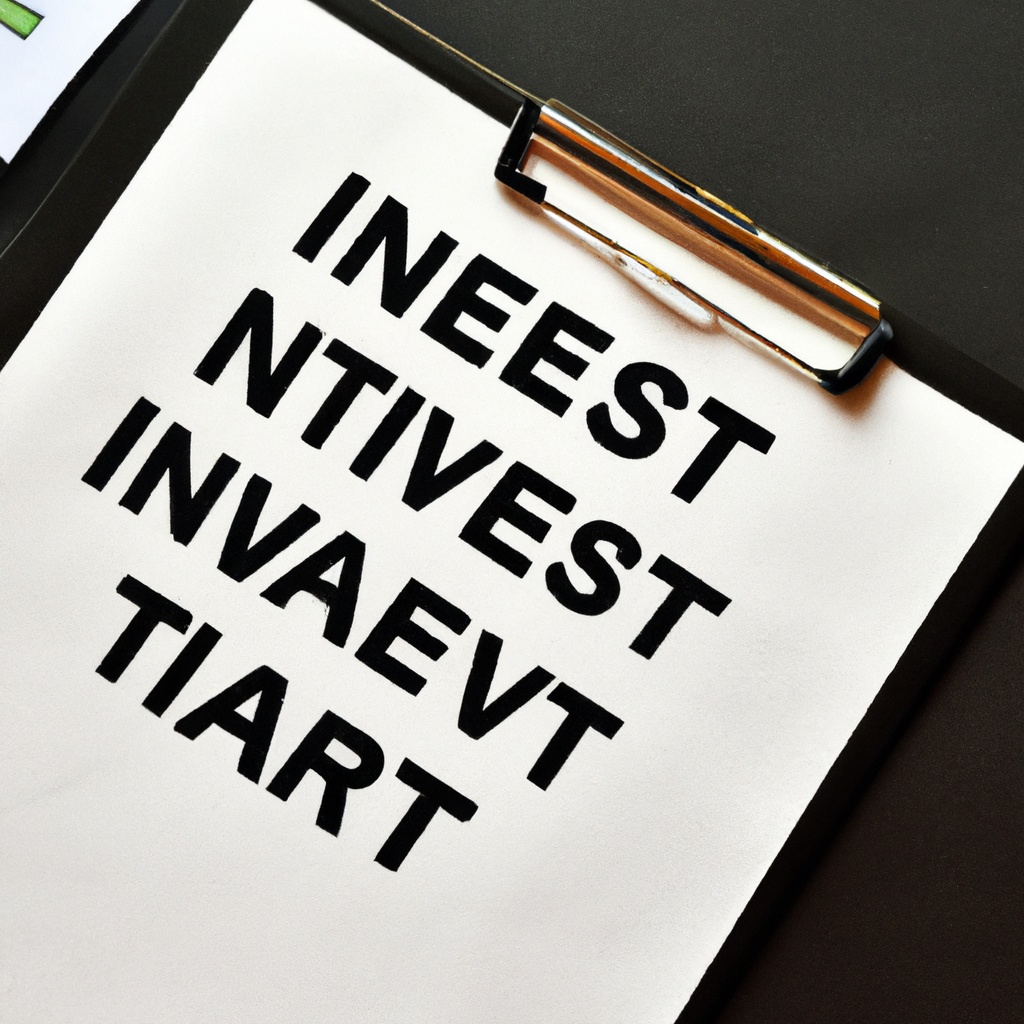Best Ways to Invest in the Current Market
With fluctuating economies, varying interest rates, and diverse investment vehicles, navigating the investment landscape can be daunting. However, with the right strategy, investing in today’s market can be highly rewarding. Here are some of the best ways to invest in the current market, taking into account various risk tolerances, investment horizons, and financial goals.
Understanding Market Conditions
Before diving into investment options, it’s crucial to have a grasp of the current market conditions. This includes understanding the economic cycle, interest rates, inflation trends, and geopolitical factors that might influence market dynamics. A nuanced comprehension of these elements will inform your investment strategy, helping you to mitigate risks and capitalize on opportunities.
Diversification
Diversification remains a key strategy for reducing risk and optimizing returns. By spreading investments across different asset classes, sectors, and geographies, investors can shield themselves against significant losses in any one area.
Asset Allocation
Consider how you divide your investment between stocks, bonds, real estate, and cash or equivalencies. Adjusting the proportion allocated to each depending on market conditions and your risk tolerance is prudent.
Global Diversification
Expanding your investment portfolio internationally can protect against domestic market volatility and tap into growth opportunities in emerging markets.
Investing in Stocks
Despite their volatility, stocks have historically provided high long-term returns. In the current market, focusing on sectors that stand to benefit from contemporary trends can be a smart strategy.
Technology and Healthcare
Companies in technology and healthcare, for instance, have shown resilience and growth potential amidst economic uncertainties, making them attractive to investors.
Dividend Stocks
For those seeking income in addition to growth, dividend-paying stocks provide a steady stream of income, often with less volatility than the broader market.
Fixed-Income Investments
In a fluctuating market, fixed-income investments like bonds provide stability. They can be particularly appealing for conservative investors or those closer to retirement.
Government and Corporate Bonds
While government bonds are considered safer, corporate bonds typically offer higher yields but come with increased risk. Balancing the two based on your risk tolerance is key.
High-Yield Bonds
For those willing to take on more risk, high-yield bonds might offer appealing returns, but investors should be cautious of the higher potential for defaults.
Real Estate
Real estate can provide both income through rental yields and capital appreciation. It also offers a hedge against inflation, as property values and rents typically increase with inflation.
REITs
For investors not wanting to directly purchase property, Real Estate Investment Trusts (REITs) offer a way to invest in real estate markets without owning physical properties.
Emerging Technologies
Investing in emerging technologies like renewable energy, electric vehicles, and blockchain offers growth potential. These sectors are at the forefront of global trends and have the potential to disrupt traditional industries.
Conclusion
The best investment strategy depends on individual financial goals, risk tolerance, and the market environment. By staying informed, diversifying your portfolio, and focusing on long-haul investments, you can navigate the complexities of the current market and achieve your financial objectives. Remember, it’s also wise to consult with a financial advisor to tailor your investment plan to your specific needs.
